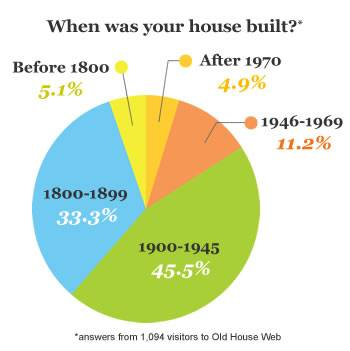I got this in an e-mail.
I’m neither promoting the author’s position, nor trying to incite a philosophical debate on the subject.
I’m only curious if any of you can speak intelligently to the numbers herein----the science/economics.
Personally, I don’t think I am paying anything near that much for electricity. But then, I did hear (maybe 8 years ago) that our electric cooperative members were paying less per kilowatt hour than anyone else in the country. The carbon footprint legislation stuff did make it go up some in recent years----not sure where we stand now relative to other consumers…::::::::::::::::::::::::
"ELECTRIC CAR COST:
How much does it cost to operate a hybrid electric car???
Just passing this on unverified. But stand to reason…
What about boats and ships…
Electric Car Cost…
Ever since the advent of electric cars, the REAL cost per mile of those things has never been
discussed.
All you ever heard was the mpg in terms of gasoline, with nary a mention of the cost of electricity to
run it.
This is the first article I’ve ever seen and tells the story pretty much as I expected it to.
Electricity has to be one of the least efficient ways to power things yet they’re being shoved down our
throats………Glad somebody finally put engineering and math to paper.
At a neighborhood BBQ I was talking to a neighbor, a BC Hydro executive. I asked him how that
renewable thing was doing.
He laughed, then got serious. If you really intend to adopt electric vehicles, he pointed out, you had
to face certain realities. For example, a home charging system for a Tesla requires 75 amp service.
The average house is equipped with 100 amp service. On our small street (approximately 25 homes),
the electrical infrastructure would be unable to carry more than 3 houses with a single Tesla, each.
For even half the homes to have electric vehicles, the system would be wildly over-loaded.
This is the elephant in the room with electric vehicles … Our residential infrastructure cannot bear
the load.
So as our genius elected officials promote this nonsense, not only are we being urged to buy the
damn things and replace our reliable, cheap generating systems with expensive, new windmills and
solar cells, but we will also have to renovate our entire delivery system!
This latter “investment” will not be revealed until we’re so far down this dead end road that it will
be presented with an oops and a shrug.
If you want to argue with a green person over cars that are eco-friendly, just read the following:
Note: If you ARE a green person, read it anyway. Enlightening.
Eric test drove the Chevy Volt at the invitation of General Motors…and he writes…For four days in
a row, the fully charged battery lasted only 25 miles before the Volt switched to the reserve gasoline
engine.
Eric calculated the car got 30 mpg including the 25 miles it ran on the battery. So, the range including
the 9 gallon gas tank and the 16 kwh battery is approximately 270 miles.
It will take you 4 1/2 hours to drive 270 miles at 60 mph. Then add 10 hours to charge the battery and
you have a total trip time of 14.5 hours. In a typical road trip your average speed (including charging
time) would be 20 mph.
According to General Motors, the Volt battery holds 16 kwh of electricity. It takes a full 10 hours to
charge a drained battery.
The cost for the electricity to charge the Volt is never mentioned so I looked up what I pay for
electricity. I pay approximately (it varies with amount used and the seasons) $1.16 per kwh. 16 kwh x
$1.16 per kwh = $18.56 to charge the battery.
$18.56 per charge divided by 25 miles = $0.74 per mile to operate the Volt using the battery.
Compare this to a similar size car with a gasoline engine that gets only 32 mpg. $3.19 per gallon
divided by 32 mpg = $0.10 per mile.
The gasoline powered car costs about $15,000 while the Volt costs $46,000…So the American
Government wants loyal Americans not to do the math, but simply pay 3 times as much for a car,
that costs more than 7 times as much to run, and takes 3 times longer to drive across the country…




 Is it gonna make it over the hill this time??? Actually, I just remembered that I still have that car. Maybe I should drag it off the hill and see if I can make it go again.
Is it gonna make it over the hill this time??? Actually, I just remembered that I still have that car. Maybe I should drag it off the hill and see if I can make it go again.

